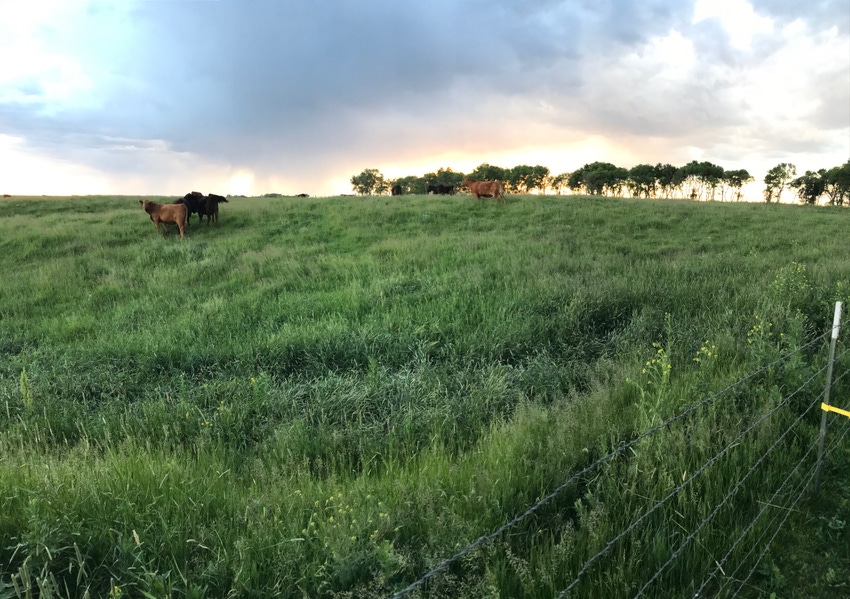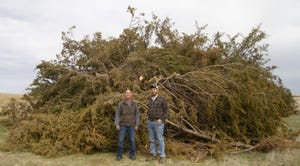5 things to know about pesky stable flies
Understanding the life cycle and preferred breeding grounds of stable flies can help you reduce their numbers this summer.
June 20, 2017

Summer is officially here. Pairs are on grass. Bulls are turned out. Life is good.
Despite the reprieve from feeding hay for a few months during the grazing season, there’s still plenty to think about from a management viewpoint. There’s hay to bale, fence to fix, waterers to check, weeds to chop and flies to ward off by any means possible.
According to Dave Boxler, University of Nebraska-Lincoln Extension educator, stable flies can have a significant negative impact on cattle. With an increased risk of anemia, decreased milk production and declining average daily gains, flies are more than just pests; they are draining your pocketbooks, as well.
To control flies, one must first understand the flies. Boxler explains the lifecycle of stable flies and offers tips for making them go away.
1. Frequency of feeding
Boxler writes, “During warm conditions, stable flies will feed several times a day, but during cool weather they normally feed once a day. The female stable fly requires at least three blood meals before depositing eggs.”
2. They thrive in decaying matter not manure
“Stable flies do not develop in pure cow or horse manure, but in wet, decaying organic material (old corn silage, spent hay, decaying straw, bagasse, and grass clippings) mixed with some horse or cow manure, and soil,” said Boxler. “The life cycle from egg to adult can take between 19 to 45 days to complete.”
3. Round bale feeders are prime breeding ground
“One of the major larval development sites that contributes to stable fly numbers is wasted feed near round bale feeders, especially when it has accumulated during winter feeding and adequate spring moisture has been present,” said Boxler. “These sites can generate thousands of stable flies. Sanitation or clean-up of these sites may reduce localized fly development.”
4. Apply fly spray weekly or as needed
Boxler writes, “Controlling stable flies on pastured cattle is difficult due to the amount of time the fly spends away from the animal. Currently, animal sprays are the only adult management option available. Weekly applications are often needed to reduce stable fly numbers.”
5. Rotate insecticides
Boxler says, “Fly populations are exhibiting higher tolerances to many labeled control products in the U.S. To manage insecticide resistance or tolerance, alternate insecticide classes.”
The opinions of Amanda Radke are not necessarily those of beefmagazine.com or Penton Agriculture.
About the Author(s)
You May Also Like


.png?width=300&auto=webp&quality=80&disable=upscale)


